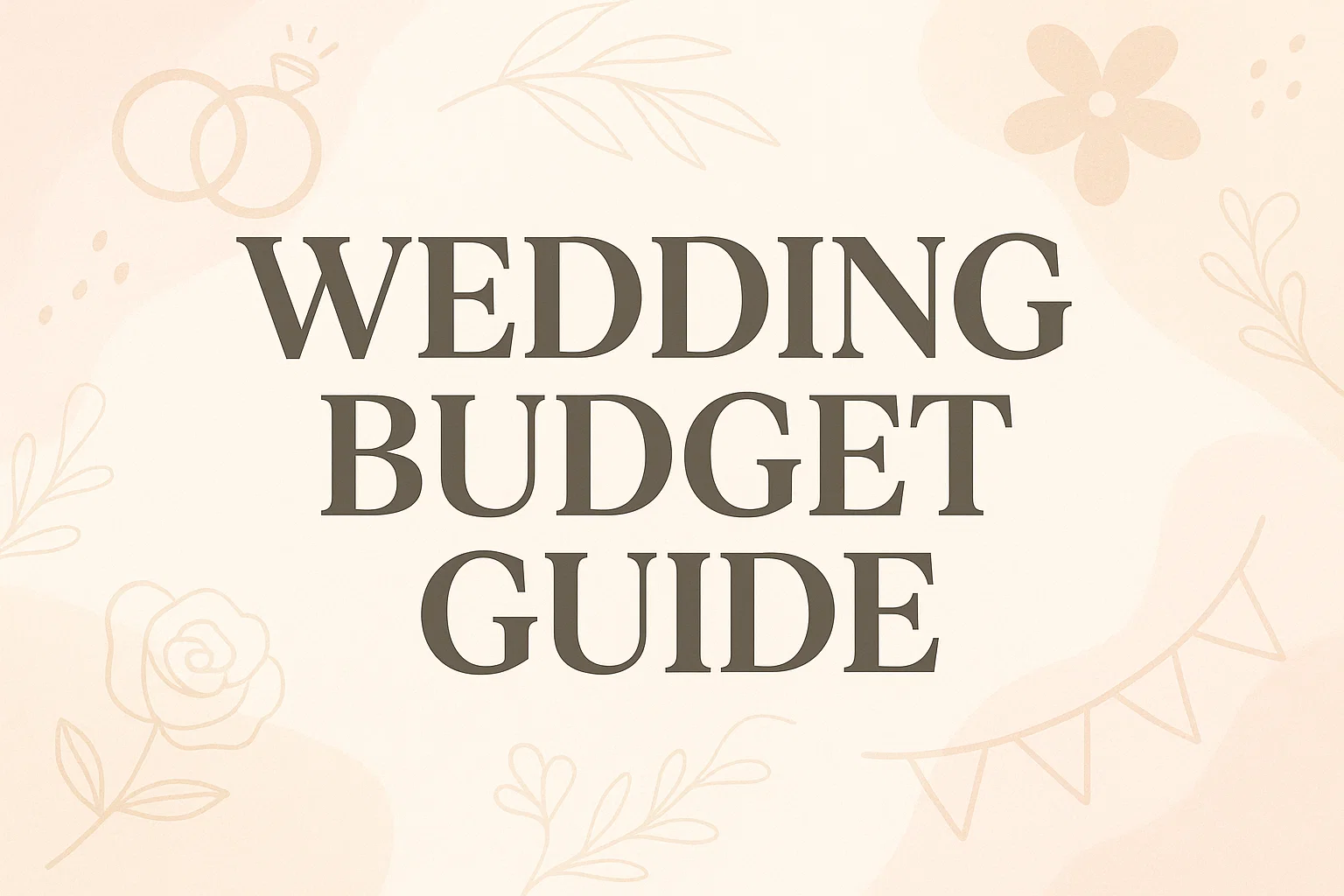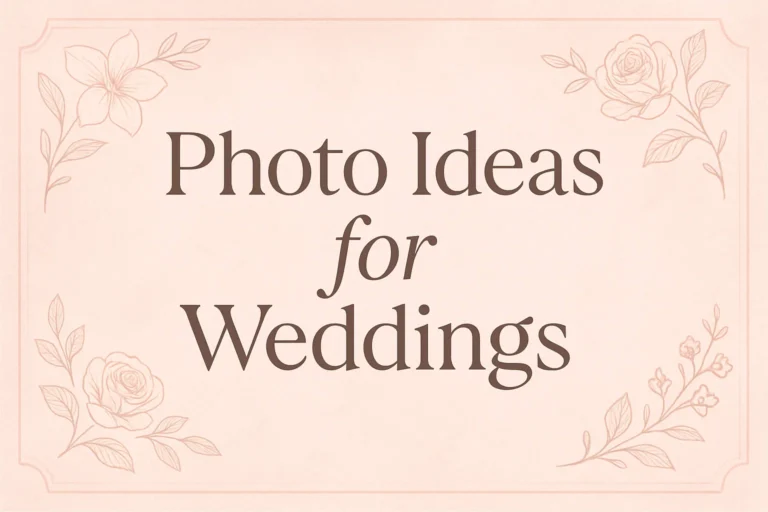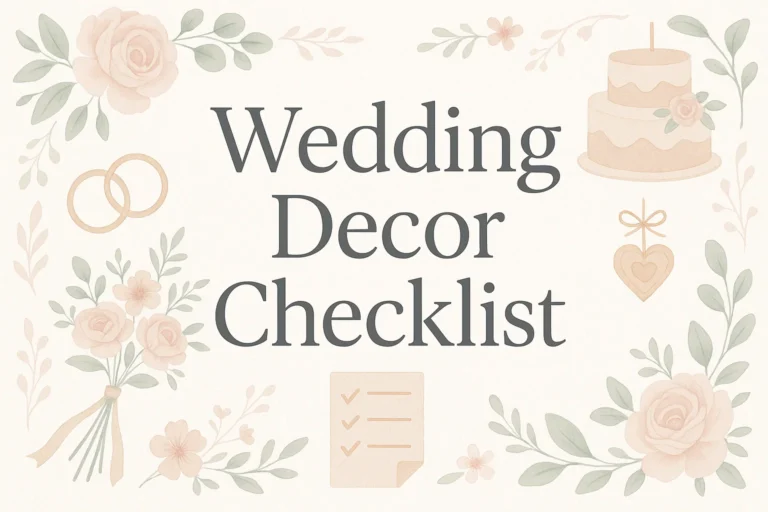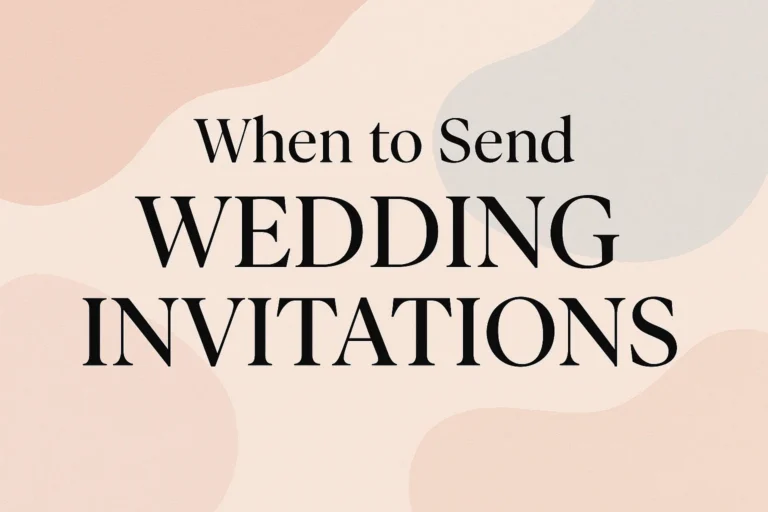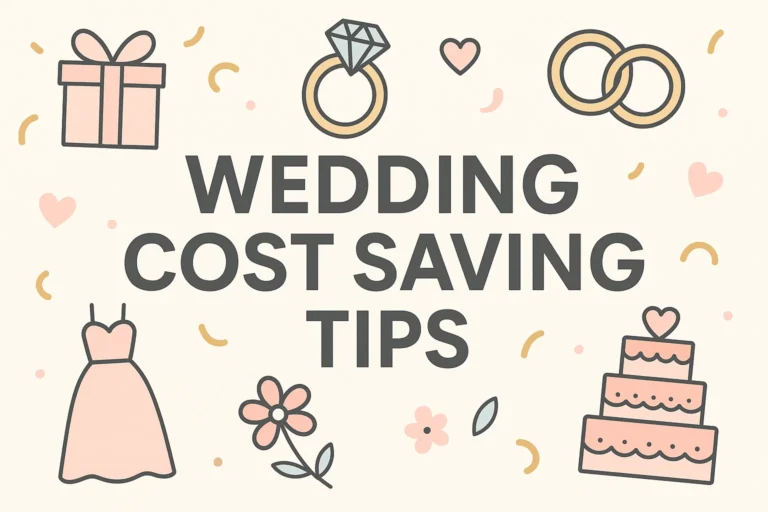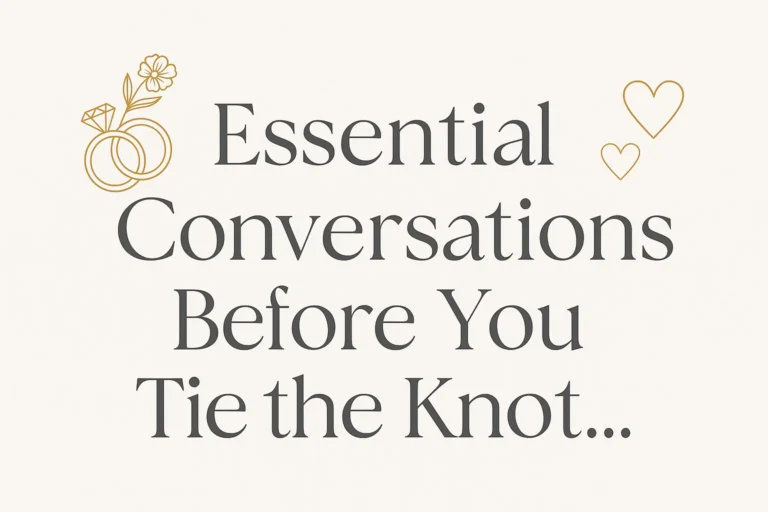Ultimate Wedding Budget Guide Essential Planning Templates for Beginners
Ultimate Wedding Budget Guide: Essential Planning Templates for Beginners
Hey there, future wedding planner extraordinaire! Let’s have a real talk for a second. You got engaged, you celebrated, you stared at the ring for an embarrassing amount of time… and then the panic set in. Right? Because suddenly, you have to plan this massive, incredibly important party, and everyone is asking you about your budget. And your brain just goes, “Budget? I just wanted to wear a pretty dress and eat cake!”
I get it. I’ve been there. My own wedding planning started with a Pinterest board named “Dreamy Things” and a vague sense that I should probably not spend my entire life savings on floral arrangements. But without a plan? That’s exactly what almost happened. That’s why we’re ditching the stress and embracing the one tool that will be your new best friend: the wedding budget planner.
Think of this guide as your friendly chat over coffee, where we break down the scary money stuff into something actually manageable. We’re going to talk about the essential templates you need and how to use them without wanting to elope instead.
Why You Absolutely Need a Budget (Yes, Really)
Let’s be honest, the word “budget” can feel like a buzzkill. It sounds restrictive, like it’s going to tell you that you can’t have that amazing band or that five-tier cake. But IMO, it’s the exact opposite. A budget is your permission slip to spend money.
It’s the thing that gives you the freedom to splurge on what truly matters to you and your partner because you’ve already planned for the less glamorous stuff. Want to go all out on photography? Awesome! Your budget will show you where you can save on, say, invitations, to make it happen. Without a budget, you’re just guessing, and that’s how you end up blowing half your cash on things you don’t really care about. A detailed budget is your single most important tool for avoiding debt and starting your marriage on solid financial ground.
The Golden Rule: How to Figure Out Your Magic Number
Before you can plug numbers into a template, you need to know what that total number is. This is the big, scary, first step.
- Have The Talk: Sit down with your partner and any family members who have offered to contribute. This conversation can feel awkward, but it’s 100% necessary. You need concrete numbers, not a vague “we’ll help with some things.”
- Look at Your Own Savings: Be realistic about what you two can comfortably contribute from your own savings. This isn’t about stretching yourselves impossibly thin.
- Do the Math: Add it all up. That’s your total wedding budget. But here’s the pro tip everyone forgets: immediately subtract 10-15% for a contingency fund. Unexpected costs always pop up. A contingency fund is your stress-relief valve.
Your New Best Friend: The Ultimate Budget Breakdown Template
Okay, let’s get into the nitty-gritty. A simple spreadsheet is your hero here (Google Sheets is perfect because you can access it anywhere). You can find a million templates online, but they all boil down to a few key columns. Here’s what you need to track:
- Item/Service: (e.g., Catering, Photographer, Wedding Dress)
- Estimated Cost: (Your initial research guess)
- Budgeted Amount: (The max you’ve allocated for it)
- Actual Cost: (What you actually sign a contract for)
- Paid Deposit: (How much you’ve paid so far)
- Balance Due: (What’s left to pay)
- Notes: (Vendor contact info, payment deadlines, etc.)
This setup lets you see the entire financial picture at a glance. It’s a living document that you’ll update constantly.
Where Does the Money Actually Go? The Percentage Breakdown
Now, how do you know how much to budget for catering versus a DJ? While every wedding is unique, there’s a standard percentage breakdown that gives you a fantastic starting point. Don’t treat this as law—treat it as a guide.
The Traditional Budget Breakdown (Approximate):
- Venue & Catering (40-50%): Yep, this one hurts. It’s almost half of your entire budget. This often includes food, drinks, rentals, and the venue fee itself.
- Photography & Videography (10-15%): This is one area I tell everyone not to skimp on. Your flowers will die, the cake will be eaten, but your photos and video last forever.
- Attire & Beauty (5-10%): This includes your dress, alterations, his suit, hair, and makeup for you and possibly your bridal party.
- Music/Entertainment (5-10%): Whether it’s a DJ, a band, or just a Spotify playlist and a good speaker.
- Florals & Decor (5-10%): This can vary wildly depending on your vision.
- Planning & Coordination (5-10%): Hiring a month-of or day-of coordinator is worth every single penny. They prevent you from having to manage everything on your big day.
- Stationery (3-5%): Save-the-dates, invitations, postage, programs, and menus.
- Rings (2-5%): Often overlooked in the initial budget!
- Transportation (2-3%): For getting the wedding party and/or guests around.
- Miscellaneous & Extras (5-10%): This is for all those little things you forget: marriage license, gifts for your wedding party, tips for vendors, welcome bags for out-of-town guests, etc.
See something you don’t care about? Great! Take that percentage and put it toward something you love. Not having a videographer? That’s an extra 10-15% you can put toward your dream venue or an epic honeymoon fund.
Pro Tips for Sticking to Your Plan (This is Where the Magic Happens)
A template is just a pretty grid without a strategy. Here’s how to make it work for you.
Prioritize Like Your Marriage Depends On It (It Kinda Does)
Sit down with your partner and decide on your top three priorities. Is it amazing food? A killer party with a great DJ? Incredible photos? Whatever it is, identify your splurge categories first. This makes all the subsequent compromise so much easier.
Track Every. Single. Payment.
Update that spreadsheet the second you write a check or your card goes through. It’s so easy to lose track of deposits. Knowing your exact remaining balance for each vendor will save you from a heart attack later.
Expect the Unexpected
Remember that contingency fund we talked about? This is why it exists. Maybe your guest count jumps by ten people, or you decide you absolutely need those light-up letters for the dance floor. Your contingency fund lets you handle it without derailing your entire plan.
Negotiate, But Be Cool About It
You can often negotiate with vendors, especially on custom packages. Maybe you don’t need a 10-hour photography package, only 8. The worst they can say is no. Just be polite and reasonable—nobody responds well to demands.
Don’t Go It Alone: Leveraging Tech and Tools
While I’m a sucker for a good spreadsheet, several amazing apps and websites can automate a lot of this for you.
- Zola: Their budget tool is fantastic because it’s tied to their vendor marketplace, so it can give you real-time average costs for your area.
- The Knot: Another all-in-one planner with a robust budget feature that automatically allocates percentages.
- Google Sheets/Excel Templates: A quick search for “free wedding budget template” will yield thousands of results. Find one you like the look of and customize it.
FYI, using these tools can save you hours of setup time and do the math for you. 🙂
You’ve Got This!
Planning a wedding budget might seem like the most un-fun part of the entire process, but I promise you, the peace of mind it brings is the best wedding gift you can give yourselves. It allows you to actually enjoy your engagement and walk into your wedding day knowing you’ve been smart and intentional with your money.
So grab your partner, open up a spreadsheet, and start dreaming—with a plan. Your future married self (and your bank account) will thank you profusely.
Now go forth and plan that beautiful, budget-savvy wedding of your dreams! What’s the first thing you’re going to splurge on? 😊

